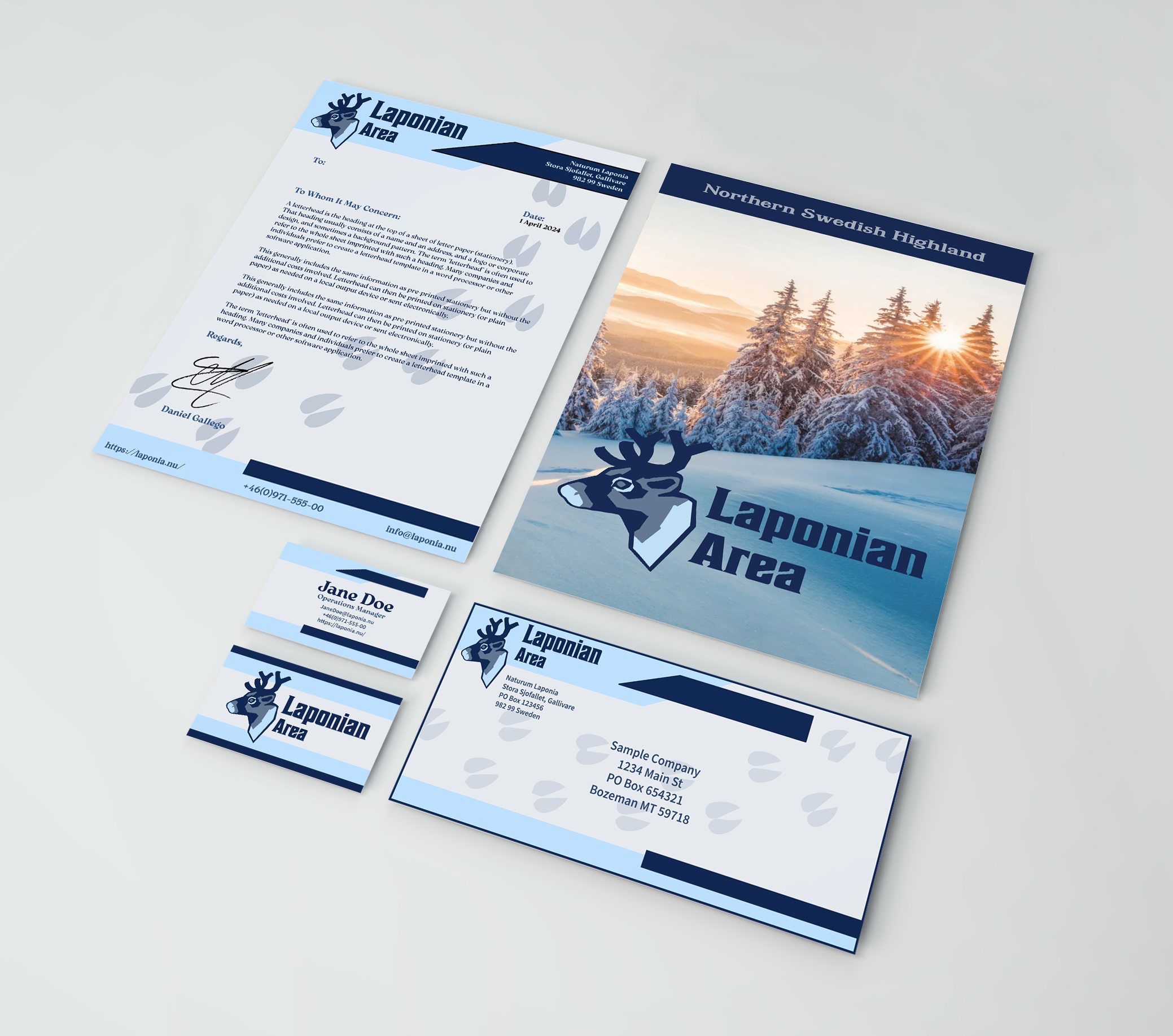World Heritage Site
The World Heritage site project included a lot of individual parts that needed to be designed. The stationery as well as the main brochure was a lot to take on while making sure that each piece fit well together. One of the challenges experienced during this process was simplifying the logo design. Due to the size the logo could be used, the design needed to be simple enough to accurately depict the intended image at a smaller scale. Many revisions went into the main icon of the logo design to create something simple enough to be used at a smaller scale. The next challenge was the layout of the brochure design. With full freedom to create whatever design we desire the layout needed to be engaging and organized. Contrasting the imagery in the brochure and the logo design was a struggle that had to be overcome during the final revisions of the project and the stationery designs. Repetition with content was also something that needed to come into focus. Overall, the flow and engagement of the design of the brochure led to an easy solution for the stationery.
Brochure
Final Design
Stationary
Research
In 1996, Laponia was named a World Heritage Site by the UN agency Unesco. This means that the area is important for the whole world to care for and protect. The designation is based on the combination of the unique nature and cultural values found in Lapland. This is an area that bears traces of the earth's early history but also of man. The landscape has been shaped in interaction with a living Sami tradition where reindeer herding has been carried out for a long time.
Most of the people who work with reindeer in Laponia were raised that way in the family. Many hunt, fish and work with duodji (crafts) as secondary livelihoods to reindeer husbandry. The work is controlled by weather and wind, but still follows a given rhythm during the eight seasons of the year. If you live close to nature like this, the contrasts are great and the changes are clearly noticeable. Each season has its task.
The reindeer herds consist of privately owned animals with a combination of cuts in the ear that show who owns it. In July, the herds are gathered in paddocks and this year's calves get their mark. During autumn and early winter, some of them are slaughtered. Most of the animals for slaughter are sold, but a large part of what the reindeer give in the form of meat, hides and other materials is used in the household. When you as a visitor stay here, you should remember that it is a living world heritage where people still live and work today.
















